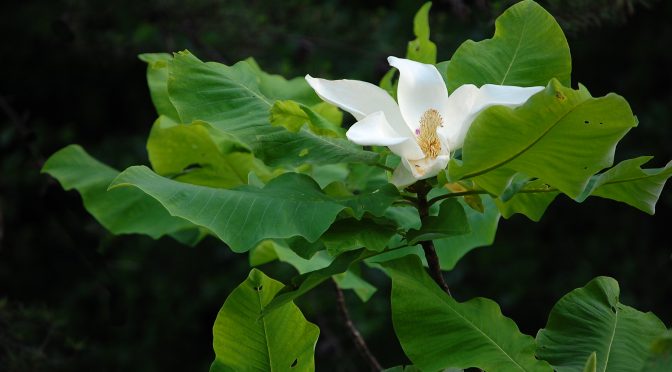Celebrating Plants and People
-
Surprising Role Of Cougars In Seed Dispersal
Ecologists have been saying since the 1960s that apex predators—the carnivores at the top of their local food chain—keep the world green by killing and eating plant-eaters and keeping them in check, allowing plants to flourish. New research on cougars, though, suggests that some carnivores keep the world green in another, more direct way, by…
-
Plant Seeds Saved Dinosaurs From Extinction
There were bird-like dinosaurs with teeth up until the end of the Cretaceous, where they all died off very abruptly, Some groups of beaked birds may have been able to survive the extinction event because they were able to eat seeds. (Click on title for full story.)
-
Recreating The Aztecs’ Glue Secrets
The Aztecs used a lot of different kinds of sticky plant materials as gums, each of them fitting specific gluing needs. For example, they used gum from the “bat-excrement tree” to attach obsidian blades to war clubs, and acacia gum to mend broken pottery. The gummy roots of tecpatl plants were used to capture birds:…
-

What Makes A Plant “Native” And Who Gets To Say?
For years, scientists have predicted that natives planted well north of their historic geographic limits inevitably would not only survive, but thrive and naturalize outside of horticulture in habitat made increasingly hospitable by global warming. (Click on title for full story.)
-
A Redwood Is A Community, Not Only A Tree
All told, the survey found that redwoods contain more diversity — 282 epiphytes in and directly beneath the trees — than other tree species that researchers had previously sampled, including the Douglas fir and the Sitka spruce. This study also uncovered a species new to science — a lichen as diminutive as its redwood host…
-
Reversing Photosynthesis For Biofuel Production
Photosynthesis is a process by which plants convert sunlight into chemical energy that can be later released as fuel. But now, a group of scientists from the University of Copenhagen have found that adding an enzyme called monooxygenase to the process causes sunlight to break down plant material instead of helping create it. They refer…
-
Predicting The Future Of Forests: Studying How Trees Survive Droughts
We’d like to have a crystal ball to see the future of forests. Right now we’ve got a very fuzzy and cracked ball that we’re slowly trying to polish and get a better view. (Click on title for full story.)
-
Living With Plants Extends Lives
The researchers found that women living in areas with the most vegetation had a 34 per cent lower rate of death from respiratory diseases and a 13 per cent lower mortality rate from cancer, compared to people who had the least amount of vegetation around their homes. Overall they had a 12 per cent lower…
-
New Research Moves Chinese Herb Closer To Producing Anti-Cancer Drug
As a group of compounds, the flavones are relatively well understood. But the beneficial flavones found in Huang-Qin roots, such as wogonin and baicalin, are different: a missing -OH (hydroxyl) group in their chemical structure left scientists scratching their heads as to how they were made in the plant. (Click on title for full story.)
-
Plants Can Make Bad Mycorrhizal Partners Behave
“The plant exploits the competitive situation of the two fungi in a targeted manner, triggering what is essentially a market-based process determined by cost and performance”. (Click on title for full story.)
